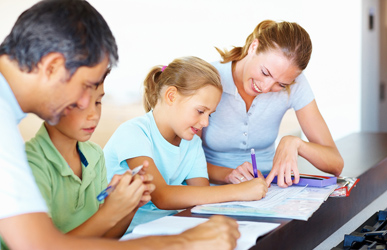Set a Date
Set an exact day and time you will have playgroup regularly. It's important to consider nap time and meal time.
Advertise
Ask other moms in your area if they want to join in! Invite mom's you meet at the park, local grocery store etc. It's smart to be inclusive and invite everyone to increase your social group! Everyone wants to be included and mostly not everyone will show up every week.
Organize
As soon as you get a steady playgroup going and get an idea of whose a permanent participant, make a schedule that'll organize the rotation of who will host playgroup each week of the month(s).
Activity
Activity
When it's your week to host, have some type of activity planned. This provides structured learning and interaction. It can be simple or more elaborate. Either way, the kids will love it!
Snacks
The easiest way to approach snacks is to have everyone bring a snack they have in their pantry and share it at playgroup. That way it's not stressful for the host to have to worry about feeding 10 kids. When everyone pitches in, there's enough and a variety!
When It's Your Week-Be Prepared
A great way to reduce craziness and mess is to designate one room in the house to playgroup. This way the mess is manageable, clean-up is easier, and kids aren't running everywhere!
Have Fun
Last but not least, have fun, relax, and enjoy the company!






































